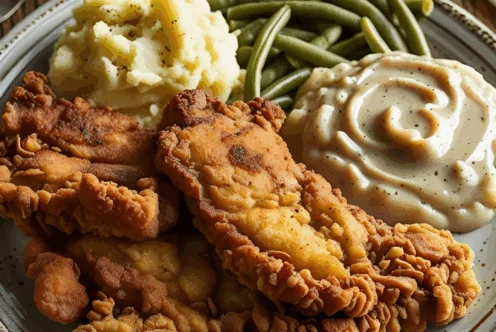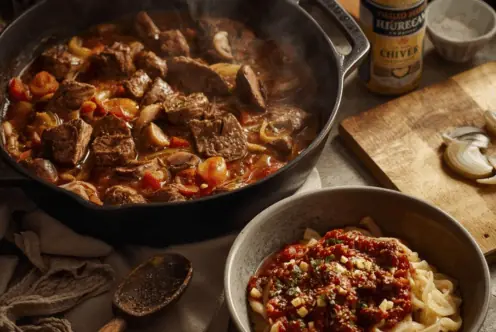Blog
Our Latest Posts

Crop Protection from Insect Pests: How Farmers Win the War on Bugs
According to a report by UC Agriculture and Natural Resources, farmers lose 10% to 40% of their crops to pests and plant diseases. On a…

Nutrition for Cycling: How Proper Nutrition Fuels Cyclists from the First Mile to the Finish Line
Cycling is a sport built on rhythm, the turning of your pedals, the cadence of your breath, and the flow of your energy as the…
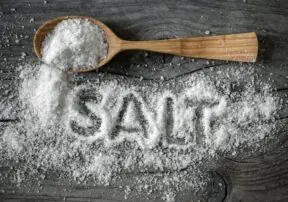
The Scoop on Salt
For the longest time I never understood why every baking recipe always called for a teaspoon or two of salt, even if the baked good…
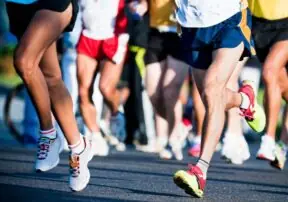
Training for Life’s Marathon: Fuel to Move, How Smart Nutrition Powers Everyone
This November, Tempe will once again become a stage for grit, perseverance, and pure human willpower as athletes dive into the waters, mount their bikes,…

What Nutrition Does Spinach Have: Unpacking Spinach’s Health Benefits and Arizona’s Agricultural Legacy
I’ve concluded that spinach is my favorite vibrant and healthy leafy green. I add it to my scrambled eggs to my breakfast menu every morning.…
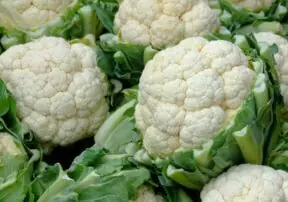
What Nutrition Does Cauliflower Have: The Culinary Chameleon
Cauliflower doesn’t get its due. But I’m here to change that. At first glance, cauliflower looks like a cloud or a brain, but it’s really…
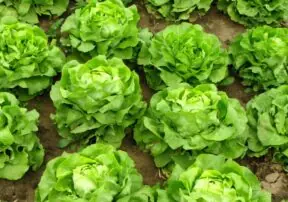
What Nutrition Does Lettuce Have: A Comprehensive Guide
Since Pinal, Maricopa and Yuma counties are gearing up for leafy greens season here in Arizona, it’s only appropriate that we should focus on the…
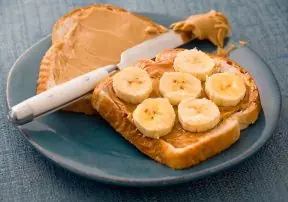
Fueling Up Right: What to Eat Before a Workout
After years of evening gym sessions after work, long runs under the desert sun, and hiking Arizona’s rugged trails, I’ve realized something that changed the…

What Nutrition is in Mushrooms? Nature’s Low-Calorie Powerhouses
Mushrooms have long been a curiosity, popping up in fairy tales as enchanted homes for woodland creatures or as potent ingredients in ancient potions. But…
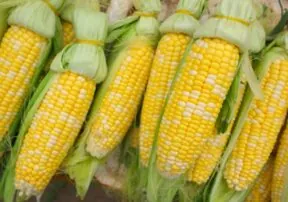
What Nutrition Does Corn Have? Kernel by Kernel
In Arizona, we grow two kinds of corn: sweet corn and field corn. Sweet corn is grown for human consumption, and the field corn is…
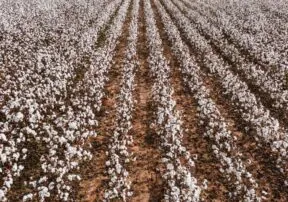
How Many Farms Are in Arizona, and What Kinds of Farms Thrive in the State?
Arizona’s agricultural landscape is a fascinating blend of tradition, innovation, and resilience, shaped by its unique geography and climate. From the sun-scorched deserts of Yuma…
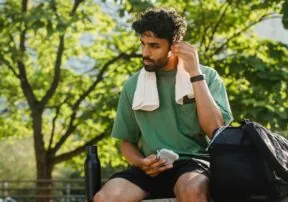
Recover Like You Mean It: The Real Work Starts After the Workout
There’s nothing like the feeling after a good, hard sweat, heart-pumping, intense workout. But what you do after your workout is as important as what…
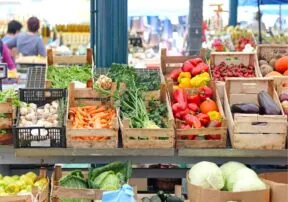
What Are Local Food Movements: Here’s the Lowdown
Local food movements have gained significant traction in recent years, as communities across the globe strive to reconnect with their food sources, support local economies,…












